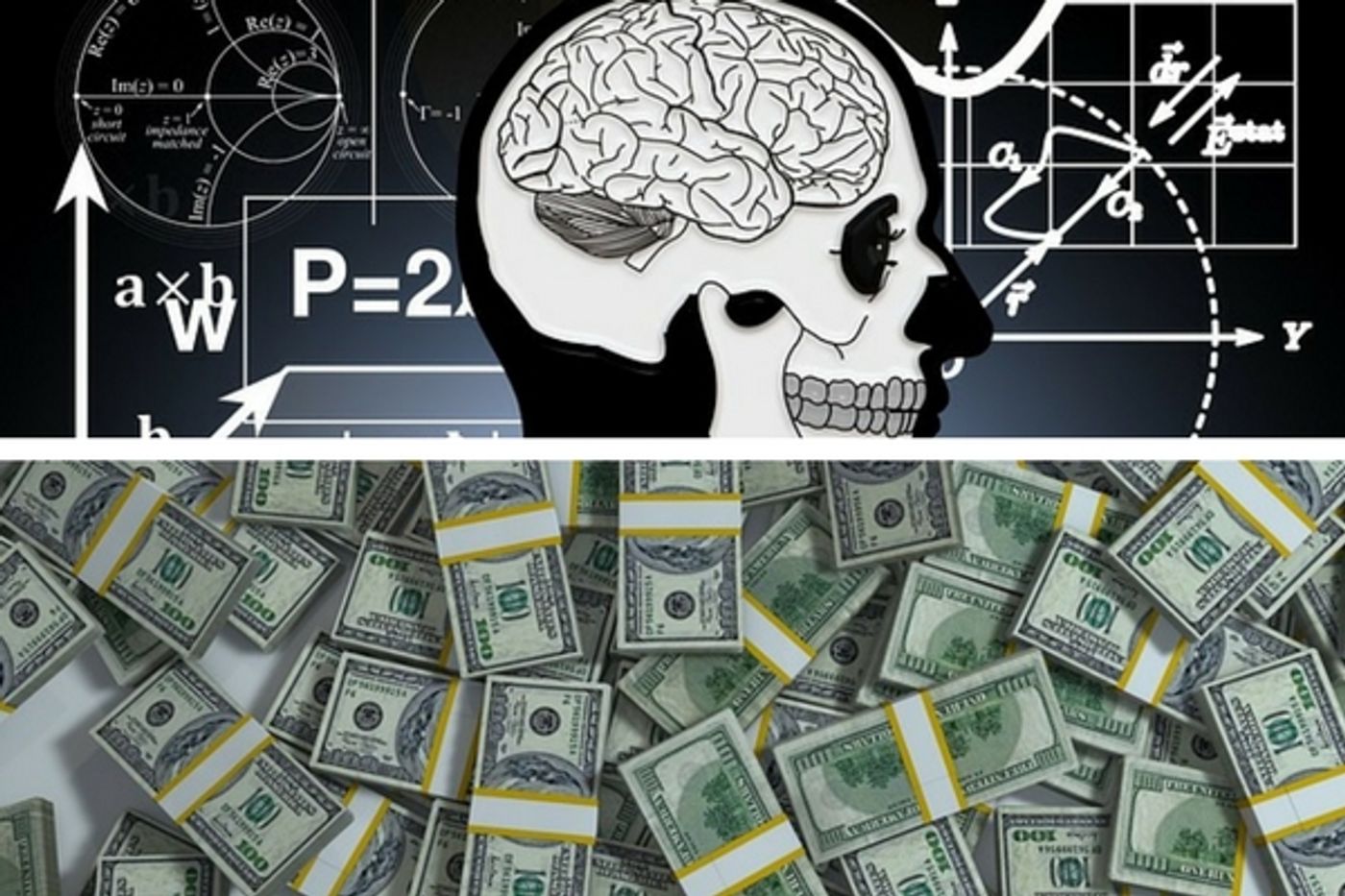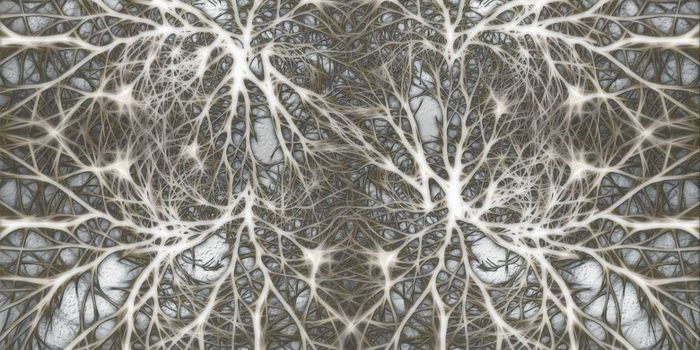The Burden of Brain Disorders
When the task of researching devastating neurological diseases like dementia, Parkinson’s, ALS and other neurodegenerative disorders is considered, the focus is on finding possible causes and hopefully treatments. Even when research doesn’t yield a perfect result, the information gained can be valuable in other ways, such as the development of new research techniques or lab procedures. The matter of cost is not always considered, beyond the always difficult pursuit of grant money and other resources to fund research. It’s a valid concern however because the cost of treating many neurological diseases, in just the United States, was recently calculated at nearly $800 billion in 2014 dollars.
A report, published recently in the Annals of Neurology, looked at some of the more common neurological diseases and tallied up costs and found that when combined Alzheimer's disease and other dementias, low back pain, stroke, traumatic brain injury, migraine, epilepsy, multiple sclerosis, spinal cord injury, and Parkinson's disease, are putting a crushing burden on not only the national economy, but on families who must deal with the costs of caring for loved ones who are affected.
People are living longer, which is part of the rise in costs. The elderly are a demographic that has been trending upward and that rise shows no sign of slowing down. Estimates are that the number of elderly citizens will double by the year 2050 compared to the numbers in 2011. Just taking two of the conditions examined, stroke and dementia, costs are estimated to reach $600 billion by the year 2030.
Lead author of the report, Dr. Clifton Gooch stated in a press release,"The findings of this report are a wake-up call for the nation, as we are facing an already incredible financial burden that is going to rapidly worsen in the coming years. Although society continues to reap the benefits of the dramatic research investments in heart disease and cancer over the last few decades, similar levels of investment are required to fund neuroscience research focused on curing devastating neurological diseases such as stroke and Alzheimer's, both to help our patients and also to avoid costs so large they could destabilize the entire health care system and the national economy."
Earlier research in a report published in July 2016 by the Information Technology and Innovation Foundation, puts the cost at an even higher number, $1.2 trillion, when psychiatric disorders are added to the tally. In a statement from that organization, Adams Nager, ITIF economic policy analyst and the report’s lead author explained, “Tens of millions of Americans suffer from a variety of mental and neurological health conditions each year. Besides the very significant human costs, these conditions also have a large impact on the U.S. economy. When you factor in both direct expenditures like treatment and reduced workforce participation, plus indirect costs like social services, the bottom line is staggering.”
The American Neurology Association report also included an action plan for addressing the issue including better clinical management of neurological disorders and improving facilities and infrastructure for neuroscience research. The full report, including a detailed graphic breaking down the costs for individual disorders can be found here and this video below explains more about the research.
Sources: Annals of Neurology, UPI, Information Technology and Innovation Foundation









